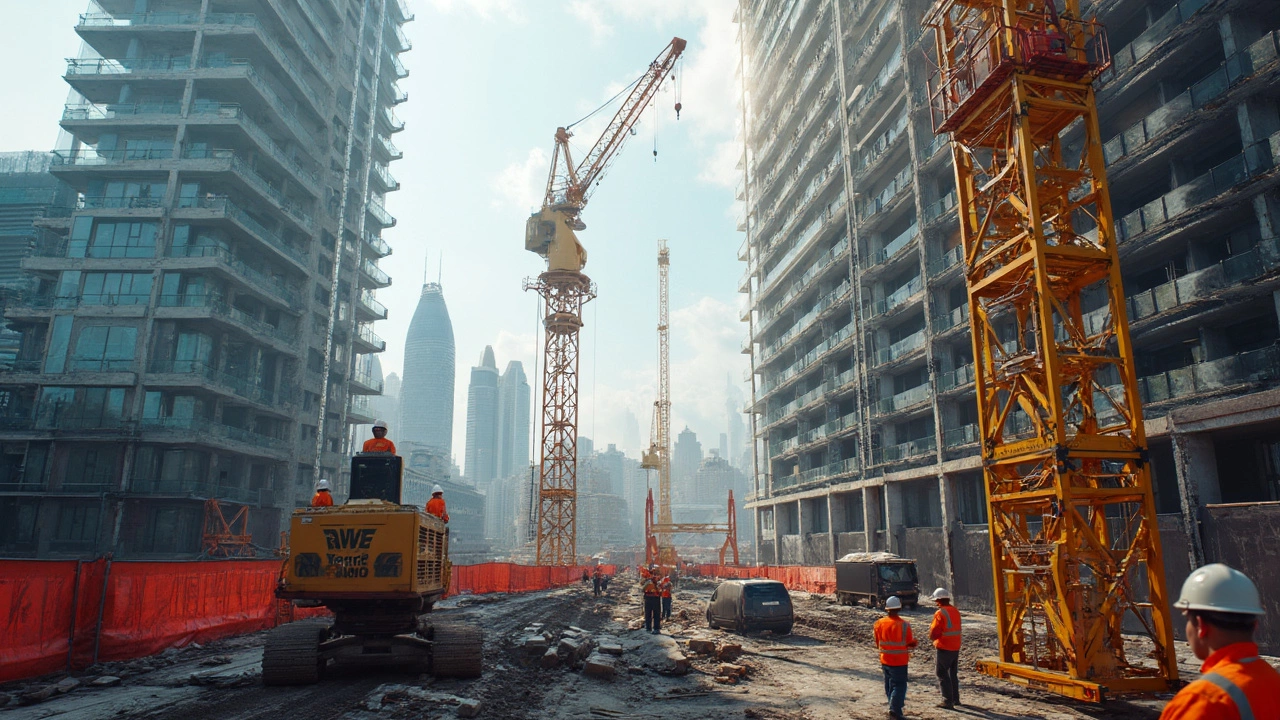Risk Management for Flooring and Construction Projects
If you’re planning new floors, a remodel, or any building work, thinking about risk isn’t optional – it’s the smart way to protect your home and wallet. Below you’ll find easy steps to spot trouble before it starts, keep your space safe, and avoid surprise costs.
Identify the biggest threats early
First, walk the site and list anything that feels off. Leaking pipes, damp corners, and cracks in walls are red flags. Moisture is the number one cause of mold, and mold can make occupants sick and force expensive removals later. Check the sub‑floor for rot, especially in older homes, because a weak base can lead to squeaky floors or even structural failure.
Next, look at the materials you plan to use. Engineered hardwood and luxury vinyl plank are popular in 2025, but each has its own risk profile. Hardwood needs a stable environment – too much humidity will warp it. Vinyl is water‑resistant, but cheap versions can emit chemicals that affect indoor air quality. Pick products with clear warranties and certifications to cut down on hidden problems.
Plan your mitigation steps
Once you know the risks, set up a simple mitigation plan. For moisture, install a vapor barrier beneath the flooring and make sure any plumbing work is fully sealed. Use a dehumidifier during the renovation phase, especially in bathrooms or basements, to keep the air dry.
If you’re dealing with a foundation issue, don’t wait for cracks to widen. A professional inspection can reveal whether underpinning, piering, or simple grouting will hold up the structure. The cost of a proper fix now is far lower than the price of a settlement or rebuilding later.
When hiring contractors, ask for proof of insurance and details about their safety procedures. A reputable installer will follow health and safety guidelines, wear protective gear, and keep the work area tidy. This reduces the chance of accidents on site and protects you from liability.
Finally, keep documentation. Photographs before and after work, receipts, and warranty paperwork give you proof if something goes wrong. It also helps insurers process claims quickly, saving you time and stress.
Risk management isn’t about being paranoid; it’s about being prepared. By checking for moisture, choosing the right materials, addressing foundation concerns early, and working with insured professionals, you’ll enjoy a beautiful floor and a safe home without surprise bills.
Got a specific worry, like mold in a new build or a squeaky floor after renovation? Drop a comment or give us a call – we love turning risk into confidence.
Commercial Construction: What's Covered?
- Gavin Whitaker
- |
- |
- 0
Commercial construction projects are complex, involving many moving parts. Understanding what is covered under commercial insurance is crucial for construction projects to avoid facing unexpected risks and financial setbacks. This guide explores the essential elements of commercial construction coverage, explaining necessary insurance, common exclusions, and risk management tips.
View more